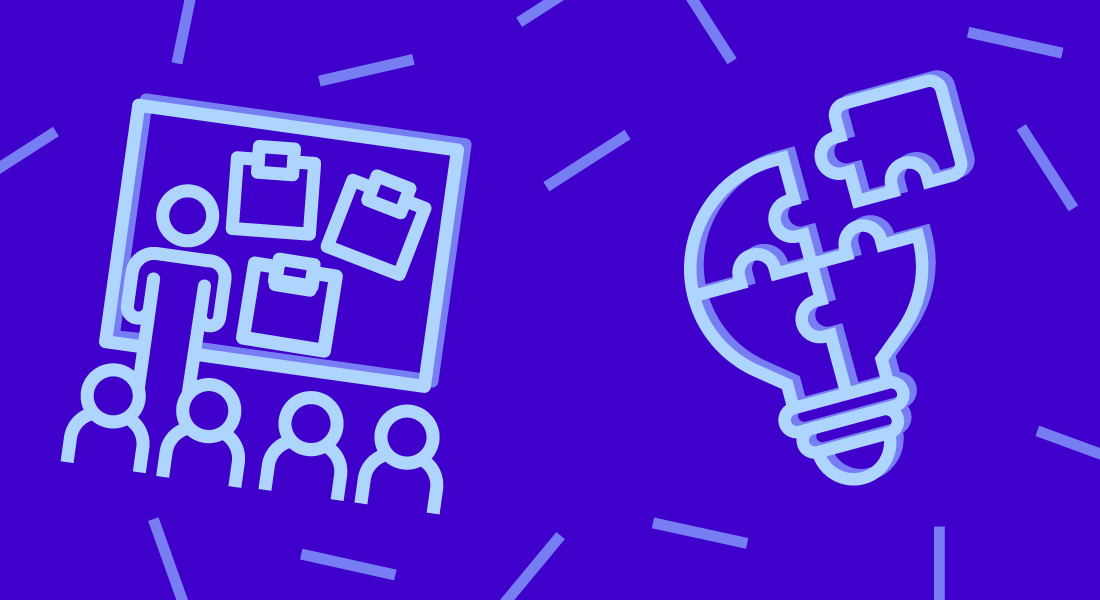Last week found us in sunny Texas for Design Thinking Austin 2022 to deliver a workshop for over 90 design leaders. Our session was titled ‘Lean-in to Innovation’, a rallying cry for organizations to place people-centric design at the heart of their innovation efforts if they want to thrive in today’s challenging environment.
We shared our design philosophy and models for Lean innovation. We workshopped a real-world problem via rapid immersion in design thinking and Lean techniques, then shared one of our case studies of Lean innovation in action for a major retailer. The energy in the room was infectious and demonstrated the power of creative people gathering to focus on complex challenges.
For the following two days we listened, debated, and constructively agreed or disagreed with some lovely people from diverse backgrounds. We had many conversations with people grappling complex problems, working to sell the value of design, and operating at the C-suite level to help leaders understand how to adopt a more human-centric approach across their organizations.

Inspiring thought leadership
We also listened to inspiring keynotes from global corporations, nonprofits, and people at the forefront of design as a business differentiator. From this we formed a high-level set of key takeaways that, for us, feel like critical factors to success in this volatile world:
- At the most successful organizations, design is an ‘unfair advantage,’ design has a seat at the table, and the value of design is understood.
- Design is the new strategy. Learning through experimentation is as important as the end product, and a shared understanding of the customer breaks down the silos of an organization. Design plays a role from start to finish, from understanding where to play, how to succeed, what to build, and when to deploy.
- There are often gaps that need to be bridged between design, technical delivery, and business stakeholders. Bringing these together right at the start is the key to developing products and services that deliver value. Design thinking must meet business thinking.
- We need to think beyond 'user-centered design'. While it’s helped create the amazing services we benefit from today, we can’t just think solely of the customer, we also need to consider employees, wider society, and our planet. The latter requires a systemic approach to collaboration; no one can solve these issues alone. And those that forget about these key interdependencies will be the organizations of the past, not the future.
- Finally, we learned that the double diamond can be the double-double diamond (that’s four diamonds) – more on this in future blogs!

The value of real-life collaboration
Perhaps the biggest takeaway for the SPARCK and BJSS team was that we’ve missed bringing people together IRL to exchange ideas, get creative, and inspire each other. We left Design Thinking Austin 2022 full of energy, hope, and a renewed passion for the role of design in creating experiences that service people and the planet equally.
Your organization can only connect with clients and users when you really understand what they need. Our approach to design puts humans at the center because what matters to people matters to us. We enable you to innovate at pace and create rapid value through access to expert Lean practitioners, researchers, and designers who can help you generate new ideas, build new products and services from scratch, or improve existing experiences.
Watch this space for more insights and more detail on how design helps our clients create a better future. In the meantime, you can learn more about how our unique approach to Lean helps organizations get the most out of innovation.




